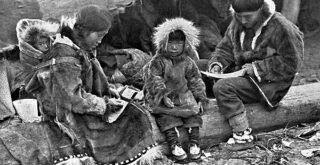With the recent news of the Amtrak train crash in Pennsylvania there is sure to be talk of the safety of trains as means for transportation. The cause of the crash at this time (Sunday 5/17/15) is still undetermined, though it has been made public the train was traveling 100 MPH, more than twice the safe limit just prior to its crash.
I took a train ride across county Spring of 2013 via Amtrak on my pilgrimage to escape the wrath of California , first stopping in Denver to meet up with a long time friend for a week, then off to Boston. I was actually a hobo – with no residence, riding the train tracks in search of adventure (I did know where I was going at least – semi-hobo status). After staying in Denver, my train actually got delayed due to poor track conditions for a day or two. Once that cleared up, I was on the rails for another 2 days to BOS.
For Long Trips – Get a Cabin
For people that have never taken a train when traveling, it is a slow process. Accelerating and stopping is a process that gradually takes place, and happens frequently at stops and also when “pulling over” to give the commercial transport trains the right of way. For short day trips, this isn’t usually an issue, but for long traverses like the one I made across country, it can add a considerable amount of time to the trip.
Know knowing this – I will never take a long train ride without a cabin room. After days on the Amtrak, I longed for nothing more than to just lay down flat and stretch my legs out. I could stand up and walk around all I wanted, but to lay down was critical. The cabins had beds, and some showers. They were very expensive and I was traveling alone so I had no one to split with.
The food was decent in the dining car, and luckily I met some people, and had access to enough alcohol to see my way through.
How Safe Are Amtrak Trains
I had not even the slightest problem of safety on my trip. I watched my bags, and checked on the luggage stored away at each stop. The train didn’t seem to go much above 50, so I couldn’t see a problem. Obviously the odds are slim for a train crash – but how slim?
According to the Federal Railroad Administration, in 2013, the US transported 675.4 million passengers – of which there were 707 total fatalities, including trespassers being run over by trains or hobos box cars , ect. When compared to 2013 car fatalities in the US, we get a number of 32,719 motor vehicle deaths. Further research gives 6 deaths per million train travel miles, compared to .011 deaths per million miles traveled via automobile according to The Insurance Institute for Highway Safety.






Let’s Talk